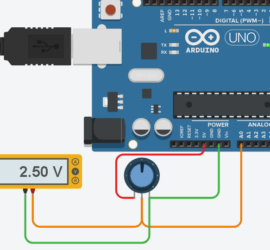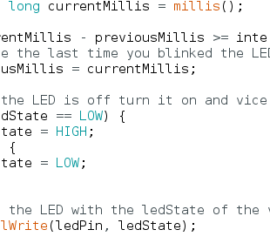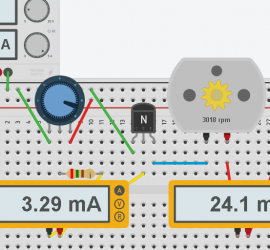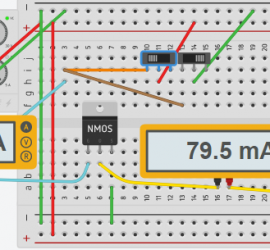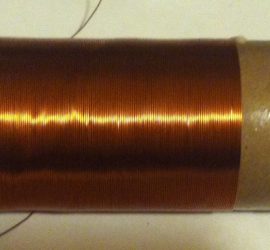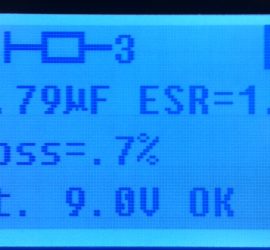Arduino Analog Input
Introduction to Arduino Analog Input In this post, we’ll walk through the example for the Arduino Analog Input. You will find this example under File | Examples | Analog. In this case, I’ll be using the Arduino UNO for this simulation. However, the example will work with many of the Read More »

